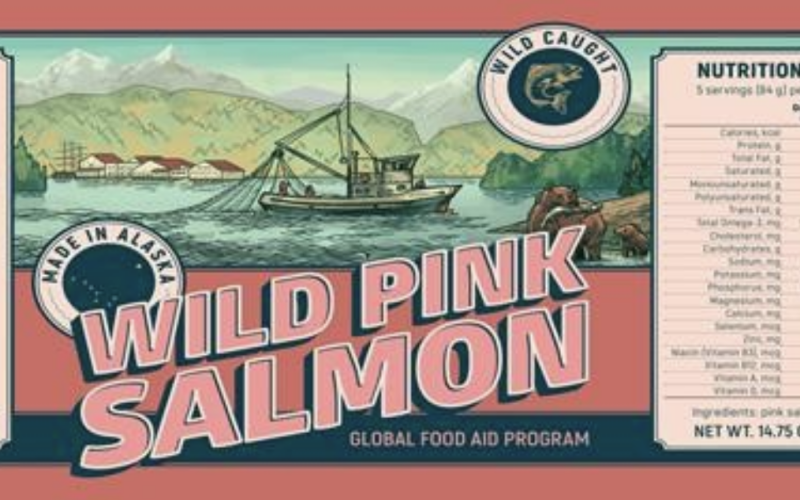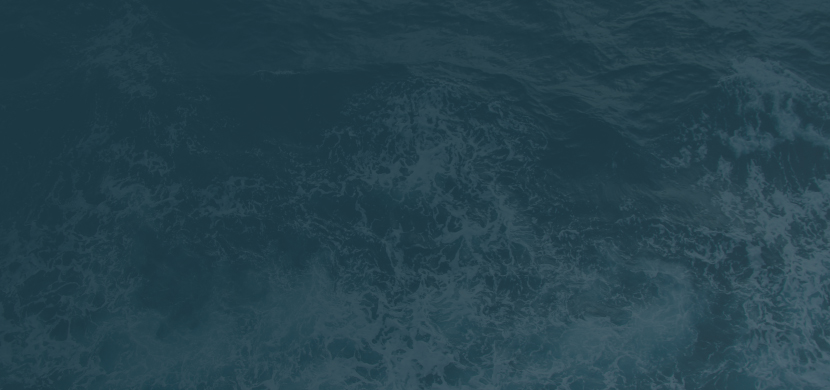February 20, 2024
USDA to purchase Alaska salmon, pollock for nutrition programs

The USDA is planning a major purchase of Alaska canned salmon and frozen pollock products for its national food and nutrition programs. ASMI image.

You've caught the limit!
Free membership gives you access to:
- Unrestricted access to all NationalFisherman.com articles.
- Receive in-depth reports and research on various topics related to the fishing industry.
- Up-to-date news updates from the fishing industry delivered directly to your inbox twice a week.






